The Link Between Asteroid Observation And Space Weather

Introduction
Asteroids are celestial objects that orbit the Sun, typically found in the asteroid belt between Mars and Jupiter. They come in various sizes, ranging from a few meters to hundreds of kilometers in diameter. While asteroids have been objects of fascination for scientists and astronomers, their observation and study also hold significant importance in understanding space weather.
The Role of Asteroid Observation in Space Weather Monitoring
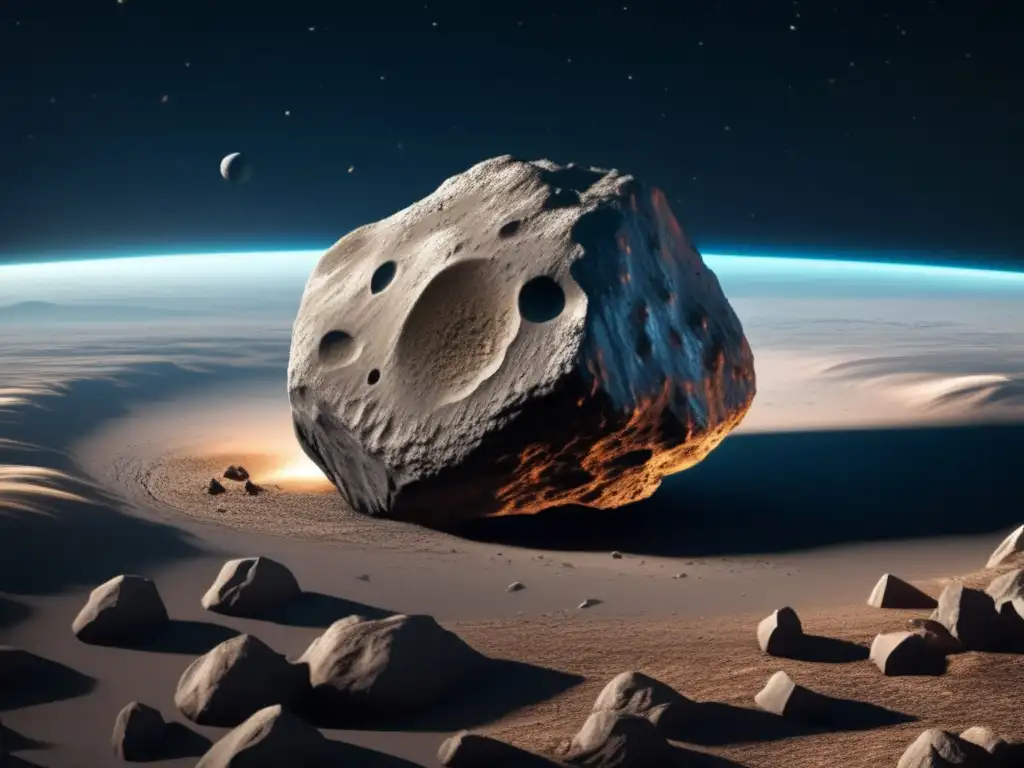
Asteroid Impacts and Solar Radiation
One of the key aspects of space weather is solar radiation, which includes high-energy particles emitted by the Sun. When an asteroid collides with another object or enters the Earth's atmosphere, it can release a significant amount of energy, leading to the generation of shock waves and large-scale disturbances. By observing and tracking asteroids, scientists can monitor the potential impact on space weather patterns.
Electromagnetic Emissions from Asteroids
Asteroids emit electromagnetic radiation across various wavelengths, including visible light, infrared, and radio waves. These emissions can provide valuable insights into the composition, structure, and dynamics of asteroids. Scientists studying space weather can utilize these observations to understand the interactions between asteroids and the space environment, including the effects of electromagnetic emissions on space weather phenomena.
Asteroid-induced Magnetic Field Disturbances
When asteroids move through space, they generate magnetic fields, albeit typically weak compared to planetary magnetic fields. However, these fields can interact with the surrounding space plasma, contributing to the overall space weather conditions. Understanding the magnitude and spatial extent of these magnetic field disturbances is crucial for accurately predicting and forecasting space weather events.
Asteroid Impact on Space Weather Phenomena
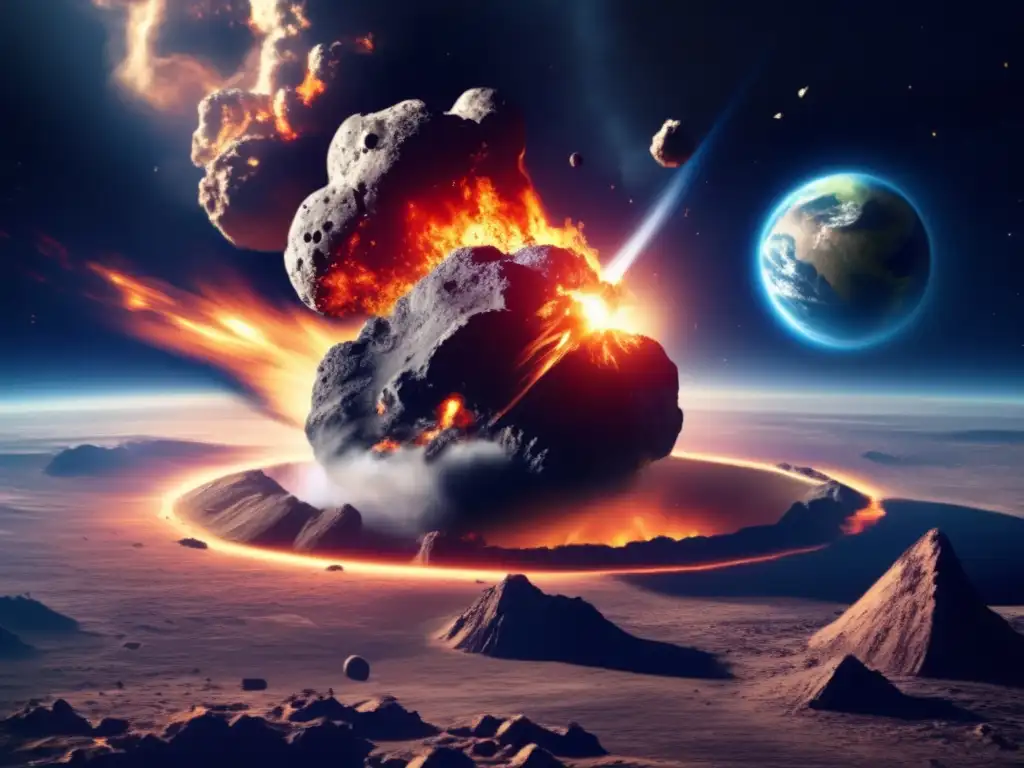
Solar Flares and Asteroid Interactions
Solar flares are powerful eruptions of radiation from the Sun's surface. They release intense bursts of energy, including X-rays and ultraviolet radiation. When an asteroid approaches the Sun, it can interact with the solar flare's energy, leading to the emission of additional particles and electromagnetic waves. These interactions not only contribute to space weather phenomena but also have implications for spacecraft and satellite operations.
Asteroid-induced Space Storms
Space storms, also known as geomagnetic storms, result from disruptions in Earth's magnetosphere caused by solar winds or other external factors. Research suggests that asteroid impacts and near-Earth asteroid flybys can influence the occurrence and intensity of these space storms. By examining the relationship between asteroids and space storms, scientists can enhance their ability to forecast and mitigate potential space weather hazards.
Asteroid Trails and Atmospheric Chemistry
As an asteroid enters Earth's atmosphere, it generates a trail of ionized gas, commonly referred to as a meteor trail or meteor train. These trails can impact atmospheric chemistry, altering the concentrations of certain chemicals and contributing to ozone depletion or other atmospheric changes. Understanding the chemical composition of these trails is essential for accurately modeling and predicting the effects on space weather and atmospheric conditions.
Advancements in Asteroid Observation Technology
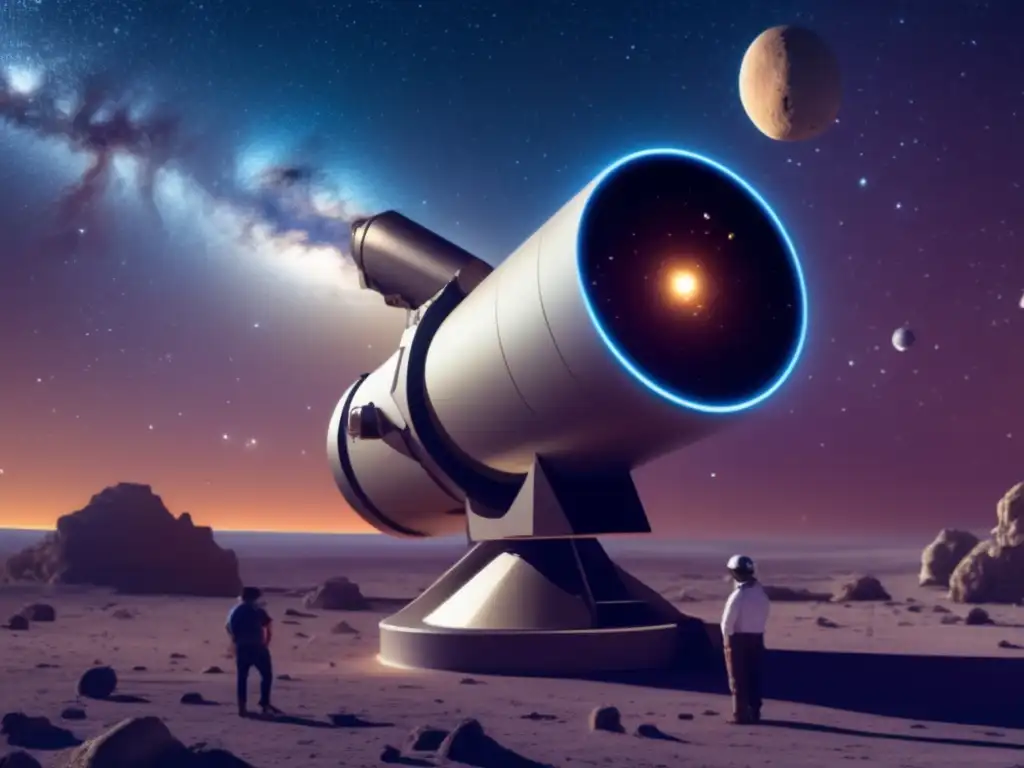
Space-based Telescopes and Asteroid Tracking
Modern space-based telescopes equipped with advanced imaging and spectroscopic capabilities have revolutionized asteroid observation. These telescopes, such as the Hubble Space Telescope and the upcoming James Webb Space Telescope, enable astronomers to study asteroids in unprecedented detail. The high-resolution images and spectral data obtained from these instruments significantly enhance our understanding of asteroids and their potential impact on space weather.
Ground-based Observatories and Survey Programs
Ground-based observatories play a crucial role in monitoring and tracking asteroids. Institutions like NASA and the International Astronomical Union (IAU) conduct extensive survey programs, such as the Near-Earth Object Observations (NEOO) program, to discover and characterize near-Earth asteroids. These programs contribute essential data for studying the link between asteroids and space weather, enabling scientists to refine space weather models and predictions.
Data Analysis and Artificial Intelligence
The vast amount of data collected from asteroid observations requires sophisticated analysis techniques, including artificial intelligence (AI) algorithms. AI can assist in identifying patterns, predicting asteroid behavior, and analyzing complex datasets. Integrating AI into asteroid observation and space weather research allows for more efficient data processing, leading to improved understanding and forecasting capabilities.
Frequently Asked Questions
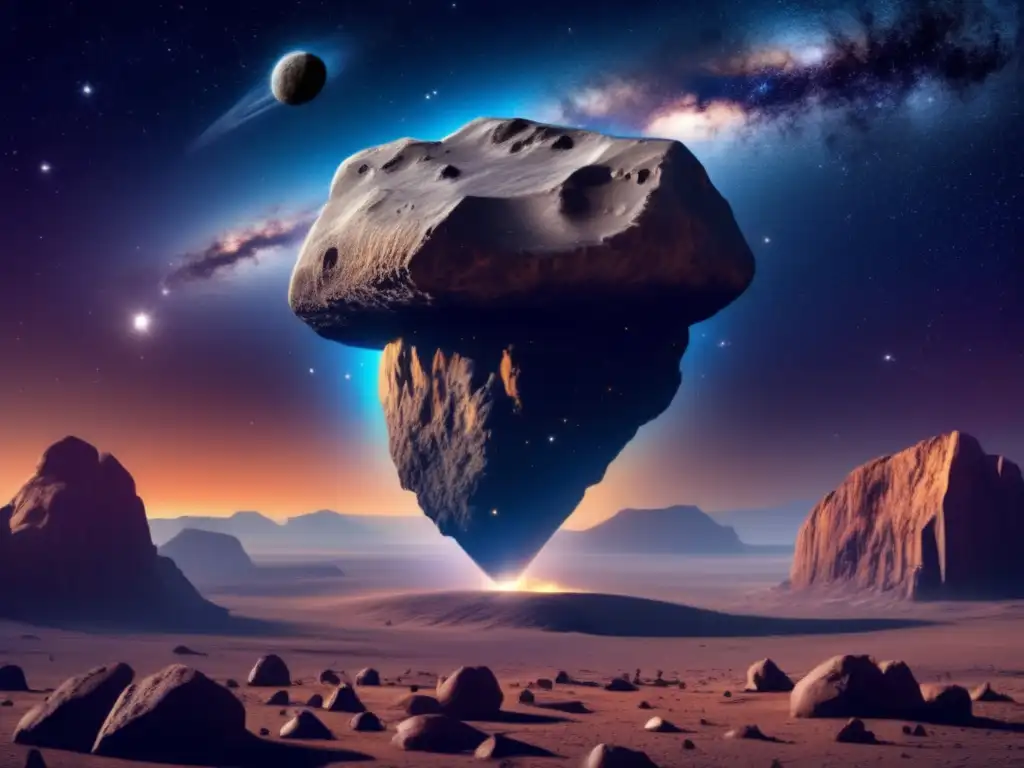
-
Q: Can asteroids directly impact Earth's weather?
A: While asteroids do not directly influence Earth's weather patterns, their interactions with the space environment can indirectly affect space weather phenomena.
-
Q: How does asteroid observation help protect satellites and spacecraft?
A: By monitoring and tracking asteroids, scientists can assess potential threats to satellites and spacecraft, allowing for proactive measures to mitigate any potential damage.
-
Q: Are there any known instances of asteroids causing significant space weather disturbances?
A: While rare, some studies suggest that large asteroid impacts or close flybys have led to temporary disruptions in space weather phenomena.
-
Q: Do all asteroids emit electromagnetic radiation?
A: Yes, almost all asteroids emit some form of electromagnetic radiation, which can be detected and studied using various observational techniques.
-
Q: How can I get involved in asteroid observation and space weather research?
A: You can participate in citizen science programs or join astronomy clubs to engage in asteroid observation and contribute to space weather research.
Conclusion
Asteroid observation plays a vital role in understanding and predicting space weather phenomena. By studying the impacts, electromagnetic emissions, and magnetic field disturbances associated with asteroids, scientists can improve space weather models and forecasts. Advancements in observation technology and data analysis techniques have significantly enhanced our ability to monitor and track asteroids, providing valuable insights into their interactions with the space environment. As our understanding of this link continues to deepen, so too will our ability to protect satellites, spacecraft, and ultimately, our society from potential space weather hazards.
We encourage readers to share their thoughts and insights in the comments section below. Don't forget to subscribe to www.asteroidrealm.com for more informative articles on asteroids and their significance in the vast cosmos. Thank you for your time and attention.
Additional Resources
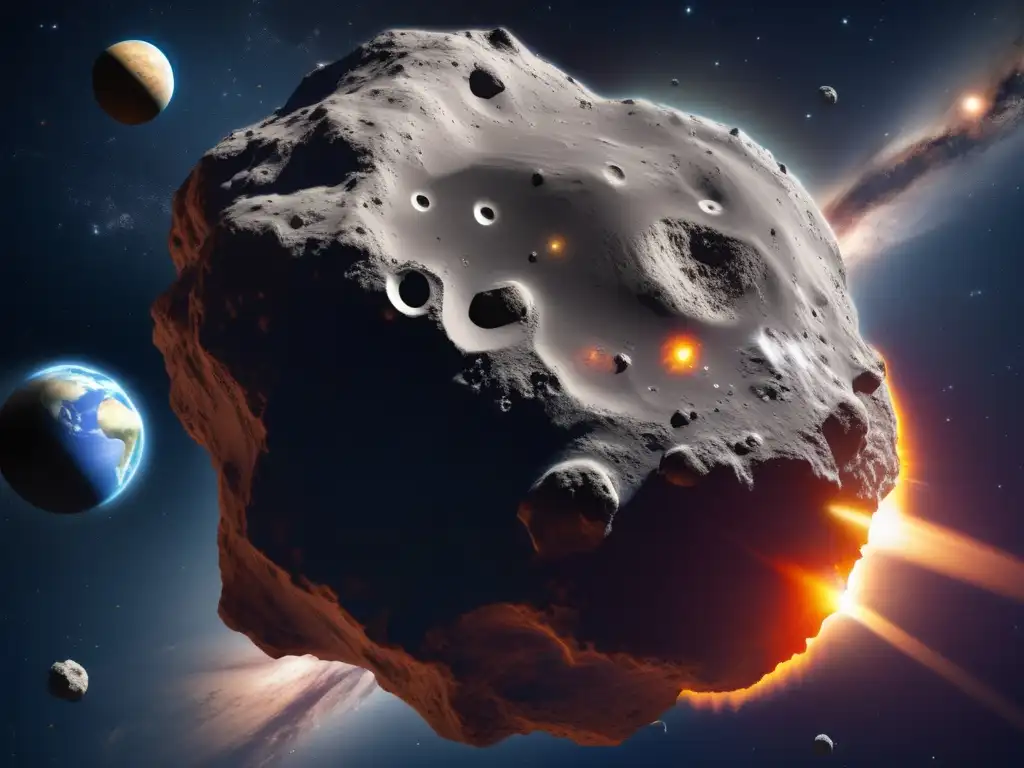
For those interested in delving deeper into the fascinating world of asteroids and their connection to space weather, the following resources provide valuable information:
- NASA's Asteroid Website
- International Astronomical Union (IAU)
- Space Weather News
- Hubble Space Telescope Official Website
 What You Can Learn From Observing An Asteroid's Trajectory
What You Can Learn From Observing An Asteroid's Trajectory The Application Of Parallax In Asteroid Observation
The Application Of Parallax In Asteroid Observation Understanding Light Curves In Asteroid Observation
Understanding Light Curves In Asteroid ObservationIf you want to discover more articles similar to The Link Between Asteroid Observation And Space Weather, you can visit the Telescopes and Asteroid Observation category.
Leave a Reply

Articulos relacionados: